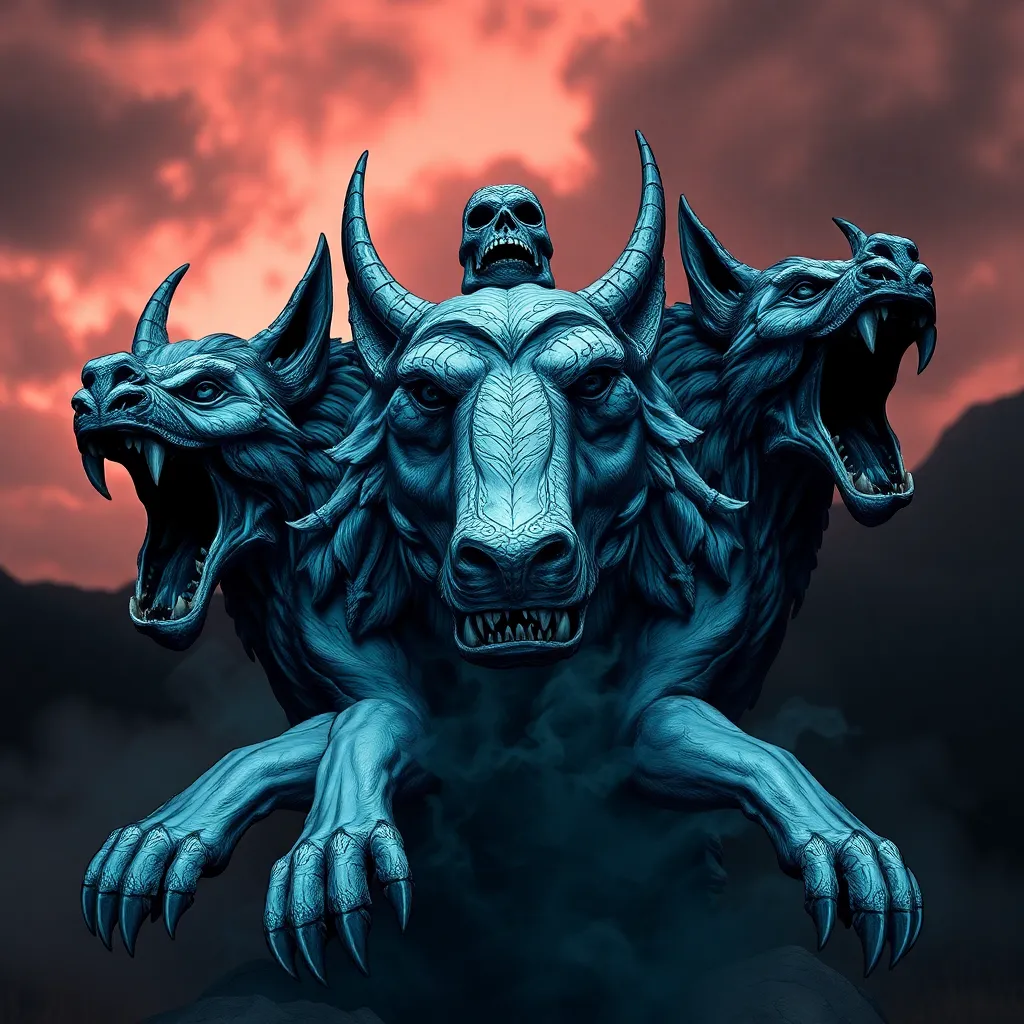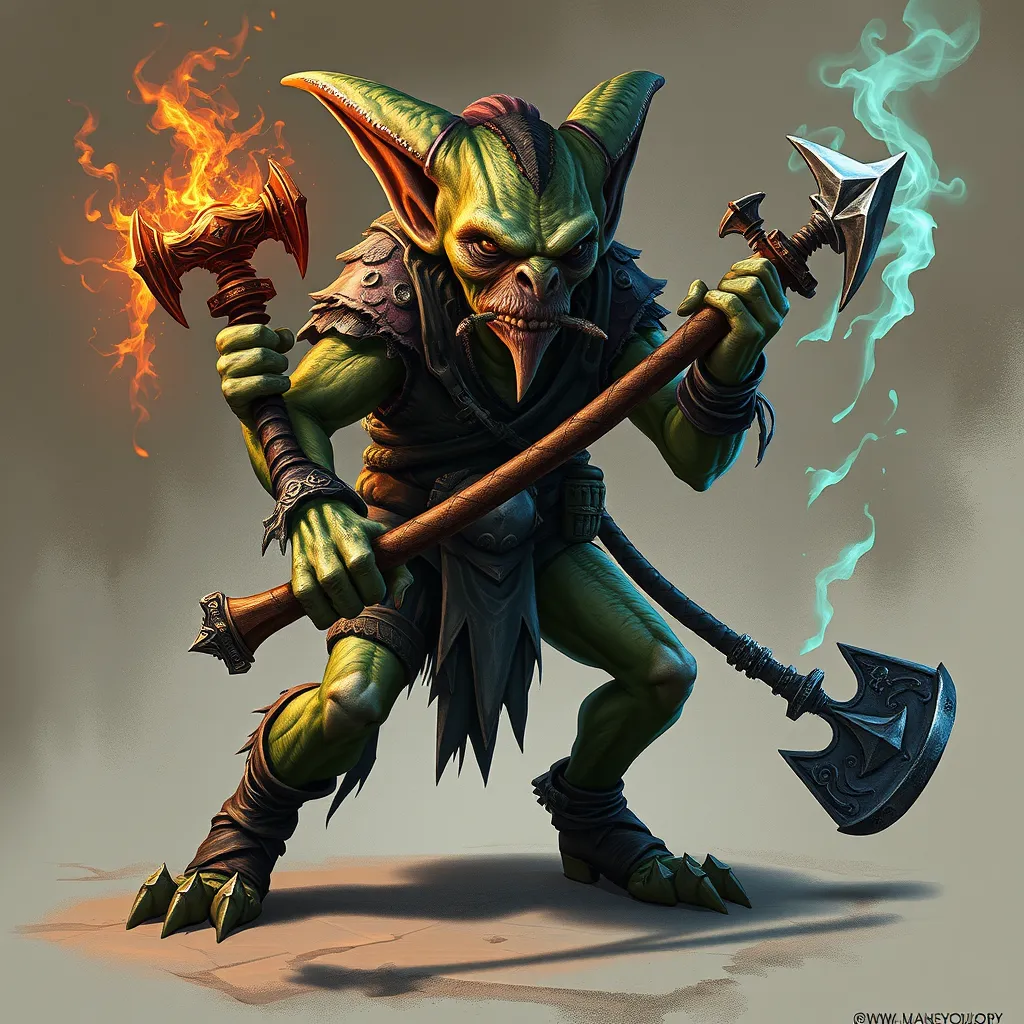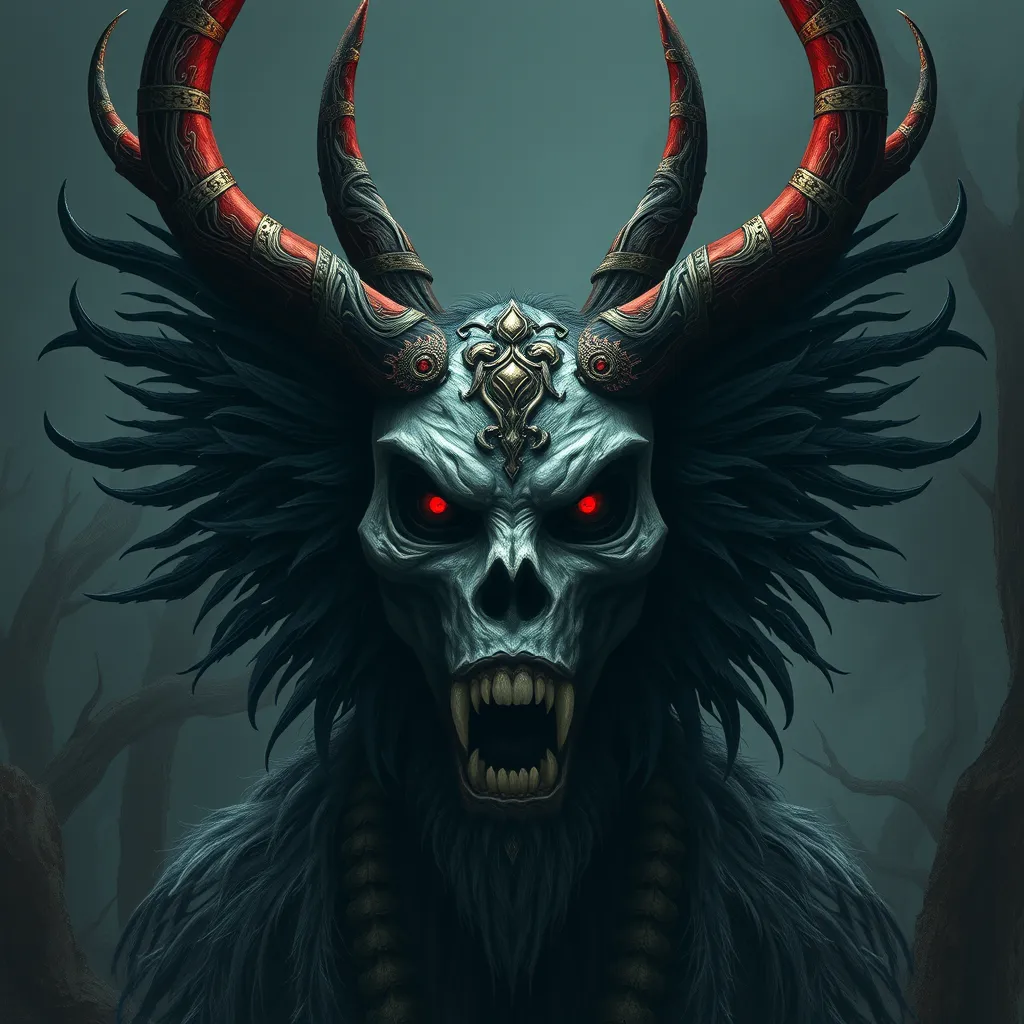The Three-Headed Hound of Hades: Unraveling the Mysteries of Cerberus
I. Introduction
Cerberus, the fearsome three-headed hound of Hades, is one of the most iconic figures in Greek mythology. He serves as the guardian of the Underworld, preventing the dead from escaping and the living from entering without permission. The importance of Cerberus extends beyond mere myth; he embodies themes of death, the afterlife, and the boundaries between life and the unknown. This article aims to explore the origins, symbolism, and legacy of Cerberus, shedding light on why this creature has captivated imaginations for centuries.
II. Origins of Cerberus
In ancient texts, Cerberus is described as a monstrous dog with three heads, each representing different aspects of his nature—often interpreted as past, present, and future. His lineage can be traced back to two of the most fearsome beings in Greek mythology: Echidna, a half-woman, half-snake creature, and Typhon, a monstrous giant who challenged the gods. This lineage contributes significantly to Cerberus’ fearsome reputation.
Throughout various mythologies, Cerberus’ character has evolved, taking on different roles and attributes. While he is predominantly recognized as the guardian of the Underworld in Greek mythology, other cultures have their interpretations of similar creatures, often depicting them as protectors or harbingers of death.
III. Physical Characteristics and Abilities
Cerberus’ most distinctive feature is his three heads. Each head is commonly associated with different symbols:
- Left Head: Represents the past.
- Middle Head: Represents the present.
- Right Head: Represents the future.
In addition to his heads, Cerberus possesses other striking physical characteristics. He is often depicted with serpent tails, claws capable of tearing flesh, and a mane of snakes, further enhancing his terrifying image. These features not only add to his fearsome appearance but also symbolize the chaos and fear associated with death and the afterlife.
Cerberus is attributed with various abilities, including immense strength, loyalty to Hades, and the capability to detect any souls attempting to escape the Underworld. His fierce nature makes him a formidable opponent to any who would dare to challenge the boundaries of life and death.
IV. Cerberus in Greek Mythology
As the guardian of the Underworld, Cerberus plays a crucial role in Greek mythology. His primary responsibility is to prevent the dead from leaving and the living from entering. The most famous myth involving Cerberus is Heracles’ Twelve Labors, specifically the final labor where Heracles is tasked with capturing Cerberus.
During this labor, Heracles descends into the Underworld, proving his strength and bravery by wrestling Cerberus into submission. This myth not only highlights Cerberus’ role as a guardian but also emphasizes the themes of heroism and the struggle against fate.
Cerberus also interacts with various other mythological heroes and figures, including Orpheus, who attempts to retrieve his beloved Eurydice from the Underworld. In this tale, Orpheus uses his enchanting music to soothe Cerberus, demonstrating the duality of the creature as both a fearsome guardian and a being capable of being calmed.
V. Symbolism of Cerberus
Cerberus represents several profound concepts within Greek mythology, particularly concerning death and the afterlife. He is often seen as a symbol of the inevitability of death, serving as a reminder that all must eventually face their mortality.
Additionally, Cerberus symbolizes protection and boundaries. As the guardian of the Underworld, he maintains the separation between the living and the dead, reinforcing the idea that there are limits to human experience. This protective role can also be interpreted as a necessary function in the cycle of life and death.
Various cultures have adapted the symbolism of Cerberus, often portraying him as a creature of both fear and reverence. In modern contexts, Cerberus can be seen as a metaphor for the struggles individuals face against the unknown or the challenges of confronting one’s mortality.
VI. Cerberus in Art and Literature
Cerberus has been a prominent figure in ancient art, depicted in various forms such as pottery, sculptures, and frescoes. Artists of the time often illustrated his terrifying visage, capturing the essence of his character as a guardian of the Underworld.
The influence of Cerberus extends into modern literature and popular culture. Notable works featuring Cerberus include:
- Dante’s Inferno: Cerberus is portrayed as a gluttonous beast in the third circle of hell.
- Harry Potter: Cerberus is adapted into the character of Fluffy, a three-headed dog guarding the Philosopher’s Stone.
These representations highlight the continued relevance of Cerberus in storytelling, illustrating how ancient myths can be reinterpreted and woven into contemporary narratives.
VII. Cerberus in Modern Context
In contemporary media, Cerberus has found a place in films, video games, and literature, often reimagined to fit various narratives. His character is frequently used to symbolize loyalty and protection, as well as the darker aspects of human nature.
Modern reinterpretations of Cerberus include:
- Films: Cerberus appears in movies such as “Clash of the Titans” and “The Gate,” where he often serves as a formidable antagonist.
- Video Games: Cerberus is featured in series like “God of War,” where he embodies the challenges faced by the protagonist.
The enduring legacy of Cerberus in popular culture underscores his significance as a mythological figure, illustrating how themes of death, protection, and the unknown resonate with audiences across ages.
VIII. Conclusion
Cerberus holds a unique place in mythology and culture, representing the duality of fear and protection associated with death and the afterlife. His significance extends beyond ancient texts, influencing various forms of art and literature throughout history.
The fascination with Cerberus continues to thrive, encouraging exploration of mythological creatures and the themes they embody. As we delve deeper into these ancient stories, we uncover insights into human nature and the timeless struggles we face.
In conclusion, Cerberus serves not only as a guardian of the Underworld but also as a powerful symbol of the boundaries we navigate in life, making him a subject of enduring intrigue and exploration.



